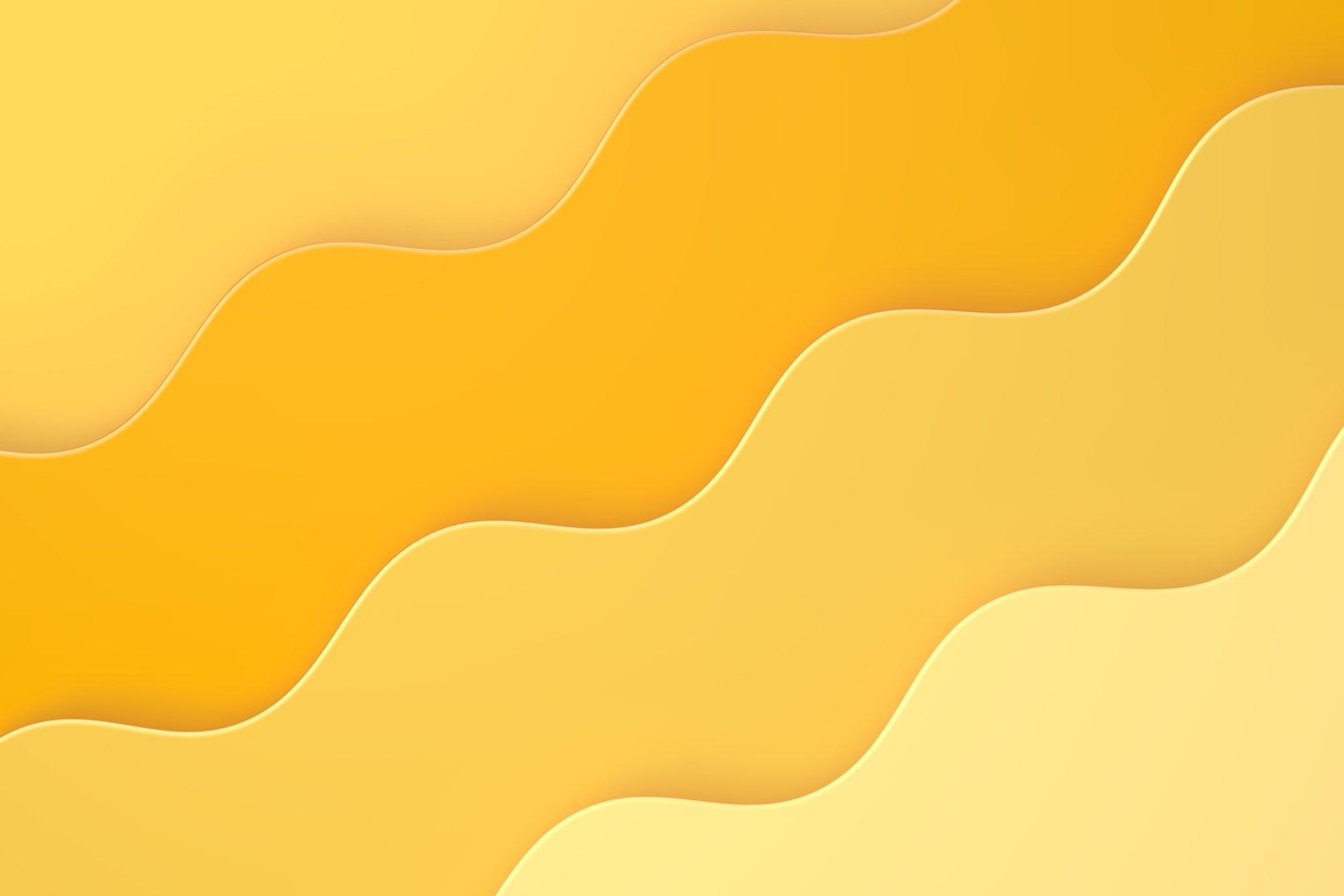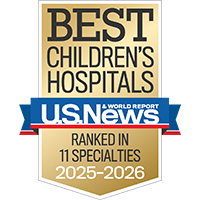Smell the roses
Wander outside into our Butterfly Garden in Oakland and our healing gardens at Mission Bay.


An ureteropelvic junction (UPJ) obstruction is a blockage of urine flow from the renal pelvis to the ureter. The renal pelvis is the part of the kidney that collects the urine made by the kidney and the ureter is the tube that carries urine from the renal pelvis to the bladder.
The blockage seen in UPJ obstruction is thought to be caused by a congenital (meaning present from birth) narrowing of the ureteropelvic junction or, less commonly, by compression of the uteropelvic junction by a blood vessel to the kidney. The blockage can be partial or complete with varying degrees of severity. About one child in every 1,000 births is diagnosed with a UPJ obstruction.
A UPJ obstruction may not cause symptoms and be diagnosed only from imaging studies. Often, a UPJ obstruction is suspected before birth based on a screening ultrasound that shows a very dilated kidney. Occasionally a UPJ obstruction will cause episodes of flank pain and nausea. In addition, children with UPJ obstruction may be brought to the doctor with a urinary tract infection or a kidney stone.
A UPJ obstruction is often suspected when an ultrasound shows a dilated kidney. The diagnosis is confirmed with a special radiology test called a lasix renal scan. A lasix renal scan shows how well both kidneys function relative to one another and how well the urine drains from the renal pelvis to the ureter. Another test, called a voiding cystourethrogram, is also occasionally performed to evaluate for reflux, or backflow of urine from the bladder to the kidney.
Kidneys with UPJ obstructions are at increased risk for infection and kidney stones. Most worrisome is that a UPJ obstruction can damage a kidney over time and decrease its function.
A child with a partial UPJ obstruction and a well-functioning kidney with the partial obstruction can often be treated just with observation. This involves obtaining serial ultrasounds to follow the dilation of the kidney and, less frequently, serial lasix renal scans. A large percentage of children with partial UPJ obstructions grow out of them. Occasionally the imaging studies reveal the condition is worsening, or the child has a urinary tract infection and surgery is necessary.
Surgery is generally needed for complete UPJ obstructions as well as UPJ obstructions that are worsening or causing complications such as urinary tract infections. The surgery is called a pyeloplasty, which basically means reconstruction of the ureteropelvic junction. The surgeon makes a small incision on the child's side and removes the narrowed part of the ureteropelvic junction, then sews the renal pelvis and ureter back together with a wide channel. The surgery is very successful at getting rid of the obstruction.
After a pyeloplasty, the child's kidney will be monitored with renal ultrasounds. Because the kidney was dilated before surgery, some residual dilation is normal and expected. So long as the kidney is growing, the dilation is stable and the child isn't having complications such as urinary tract infections, no further treatment is needed. In general, renal ultrasounds are performed every few months after surgery for a while, then once every few years and eventually stopped.
Children who've had surgery for UPJ obstruction can participate in all sports and the vast majority live normal lives.
UCSF Benioff Children's Hospitals medical specialists have reviewed this information. It is for educational purposes only and is not intended to replace the advice of your child's doctor or other health care provider. We encourage you to discuss any questions or concerns you may have with your child's provider.

Best in Northern California for urology

Ranked among the nation's best in 11 specialties
Smell the roses
